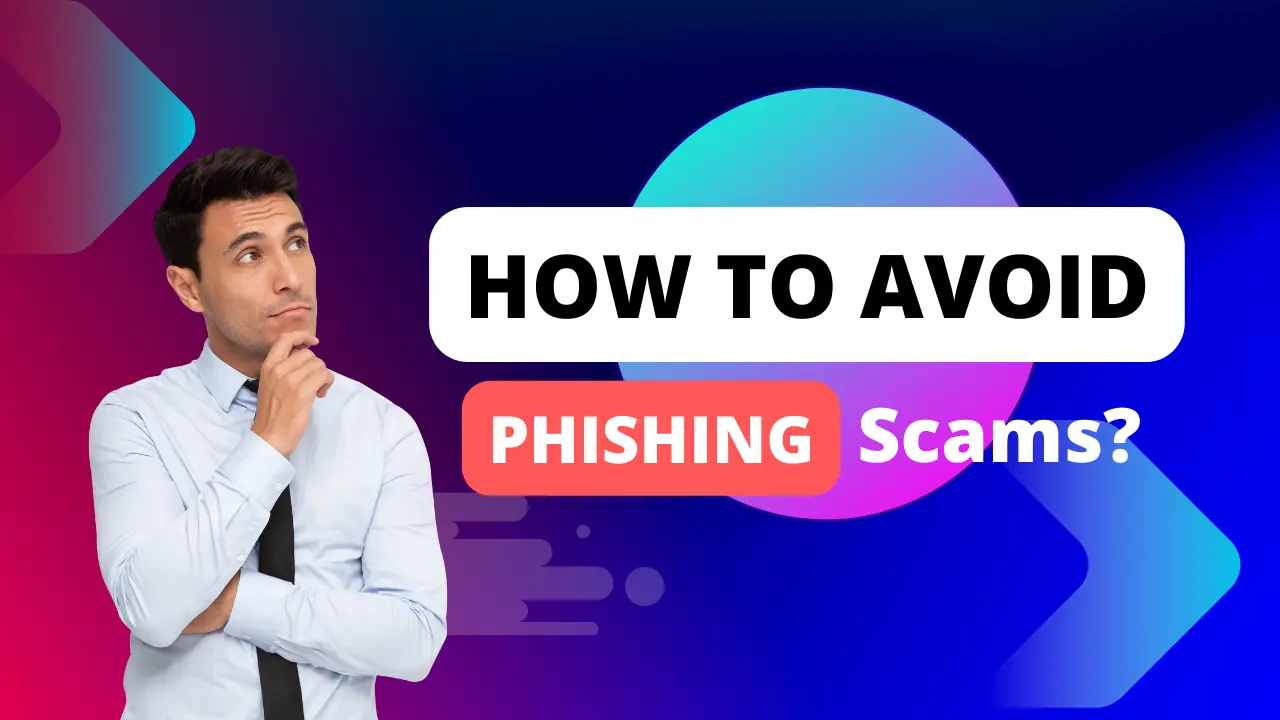Phishing scams are common and dangerous in the digital age. Scammers use emails or text messages to trick you into giving them your personal and financial information. This guide will help you recognize, protect against, and respond to phishing scams.
How to Recognize Phishing?
Scammers send emails or text messages to steal your passwords, account numbers, or Social Security numbers. If they get this information, they can access your email, bank, or other accounts. They might also sell your information to other scammers.
1. Suspicious Emails or Text Messages
Scammers send messages that look like they’re from trusted companies. These messages might:
- Claim there’s suspicious activity on your account.
- Say there’s a problem with your payment information.
- Ask you to confirm personal information.
- Include an unfamiliar invoice.
- Request a payment through a link.
- Offer a government refund or free stuff.
2. Generic Greetings and Urgent Language
Phishing emails often use greetings like “Dear Customer” and try to make you act quickly.
3. Fake Links and Attachments
Links and attachments in phishing emails can install harmful software or take you to fake websites that steal your information.
4. Real-world Example
A phishing email may look like it’s from Netflix, using the logo and claiming there’s an issue with your account. However, generic greetings and suspicious links reveal it’s a scam.

Read: How to Avoid Shopping Scams?
How to Protect Yourself from Phishing Attacks?
Your email spam filters might block many phishing emails. But scammers are always finding ways to beat spam filters, so extra protection is helpful. Here are four ways to protect yourself from phishing attacks.
1. Use Security Software
Keep your devices protected with security software that updates automatically.
2. Enable Multi-Factor Authentication (MFA)
Secure your accounts with MFA, which requires:
- Something you know (password, PIN).
- Something you have (verification code sent to your phone).
- Something you are (fingerprint or facial recognition).
3. Backup Your Data
Regularly back up your data to an external hard drive or cloud storage to protect against data loss.
4. Stay Informed
Learn about the latest phishing techniques and scams to protect yourself better.

What to Do if You Suspect a Phishing Attack?
- Verify the Source: If you receive a suspicious message, ask yourself if you have an account with the company or know the sender.
- No: Report the message as phishing and delete it.
- Yes: Contact the company directly using a verified phone number or website, not the information provided in the message.
- Avoid Clicking on Links or Opening Attachments: These might contain harmful software or lead to phishing websites.
- Place Fraud Alerts: Contact one of the three major credit bureaus to place a fraud alert on your file:
- Equifax: 800-525-6285
- Experian: 888-397-3742
- TransUnion: 800-680-7289

How to Report Phishing?
- Forward phishing emails to the Anti-Phishing Working Group at reportphishing@apwg.org.
- Forward phishing texts to SPAM (7726).
- Report phishing attempts to the Federal Trade Commission (FTC) at ReportFraud.ftc.gov.
Here’s How Phishing Works?
- Deceptive Emails: Phishing emails often mimic legitimate companies or government agencies, warning of serious problems and directing you to fake websites to steal your information.
- Phony Websites: These sites look real but are designed to harvest your personal and financial information.

Tips to Fight Identity Theft?
- Don’t Share Personal Information: Never provide personal or financial information in response to unsolicited requests.
- Avoid Clicking Suspicious Links: Don’t click on links in emails that you suspect to be fraudulent.
- Act Immediately: If you suspect a phishing attack, contact your financial institution, place fraud alerts on your credit files, and monitor your statements closely.
10 Ways to Avoid Phishing Scams
- Stay Informed About Phishing Techniques: Keep up with new phishing tactics and educate yourself and others about them.
- Think Before You Click: Only click on links from trusted sources. Hover over links to verify their destination before clicking.
- Install Anti-Phishing Toolbars: Use toolbars that alert you to known phishing sites.
- Verify Site Security: Ensure websites are secure before entering sensitive information. Look for “https” and a lock icon in the address bar.
- Regularly Check Online Accounts: Frequently monitor your accounts for unauthorized transactions.
- Update Your Browser: Install updates to patch security vulnerabilities that could be exploited by phishers.
- Use Firewalls: Employ both desktop and network firewalls to protect your system.
- Be Cautious with Pop-Ups: Avoid interacting with pop-up windows. Close them by clicking the “x” in the upper corner.
- Never Share Personal Information Unsolicited: Avoid sharing sensitive details unless you initiated the contact.
- Use Antivirus Software: Regularly update antivirus software to protect against malware and phishing attacks.

By staying vigilant and informed, you can significantly reduce the risk of falling victim to phishing scams. Protect your personal and financial information with these proactive measures and stay one step ahead of cybercriminals.
For more tips on staying safe, check out our article on How to Prevent Pyramid Scheme Scams.



[…] informed about potential scams and phishing attempts. Read our How to Avoid Phishing Scams? to learn how to protect yourself from […]